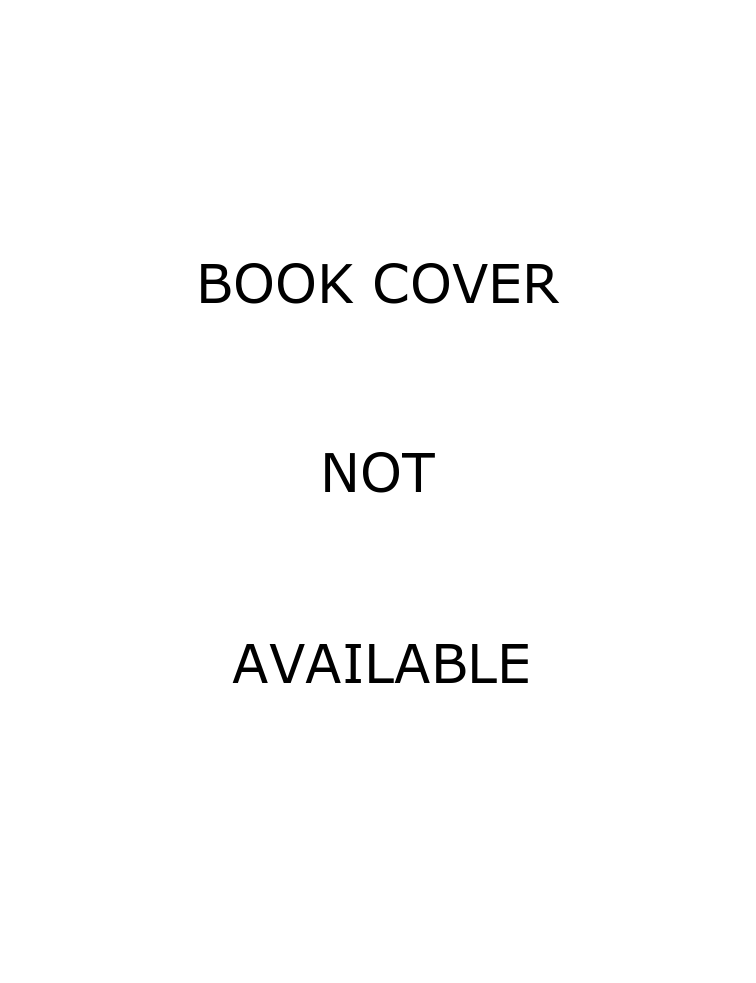A well written, well structured informative book. The book simply fulfils its promises and explains use case modelling in all its facets. It would improve knowledge and confidence of use case developers. For small development projects, it normally suffices to read any short introduction to use case development, which can be found in many books. However, if you find it difficult to decide what to put in the use cases, to find a balance between details and readability, this book will help you reflect on your own use case development process. Also, for those involved in a larger development project, it can be productive to have a better background understanding of the purpose of use cases.
The main purpose of use case development is to specify the requirements and besides that one must not forget the non-functional requirements. Use case modelling is not the same as designing the architecture of a system and a pitfall is to use the functional breakdown directly in an object-oriented implementation.
It surprised me a bit when reading this book, that there is actually very little about the notation of use cases. I remember very well my first use case development experiences, where there was discussion about the direction of arrows. Of course, the notation is explained in this book, but there is actually very little to it. More importance is put onto the fact that use cases should convey the requirements and that they should be verifiable by the client. The book describes well how to start use case modelling and which iterations could be taken. All explanations are correctly supported by diagrams and tables and supported by a case study throughout the book.
One of the confusing points about use case development for me was always the use of uses and extend relationships. The book is based on UML 1.3, which removed the uses relationship from the previous standard and added the include relationship. In one of the chapters the correct use and understanding of those relationships is clearly explained, so no need anymore for confusion.












